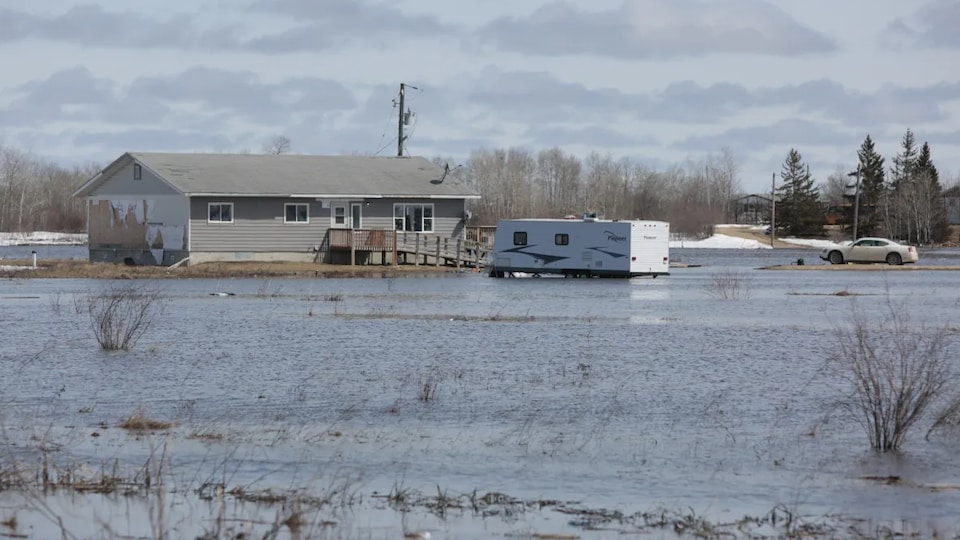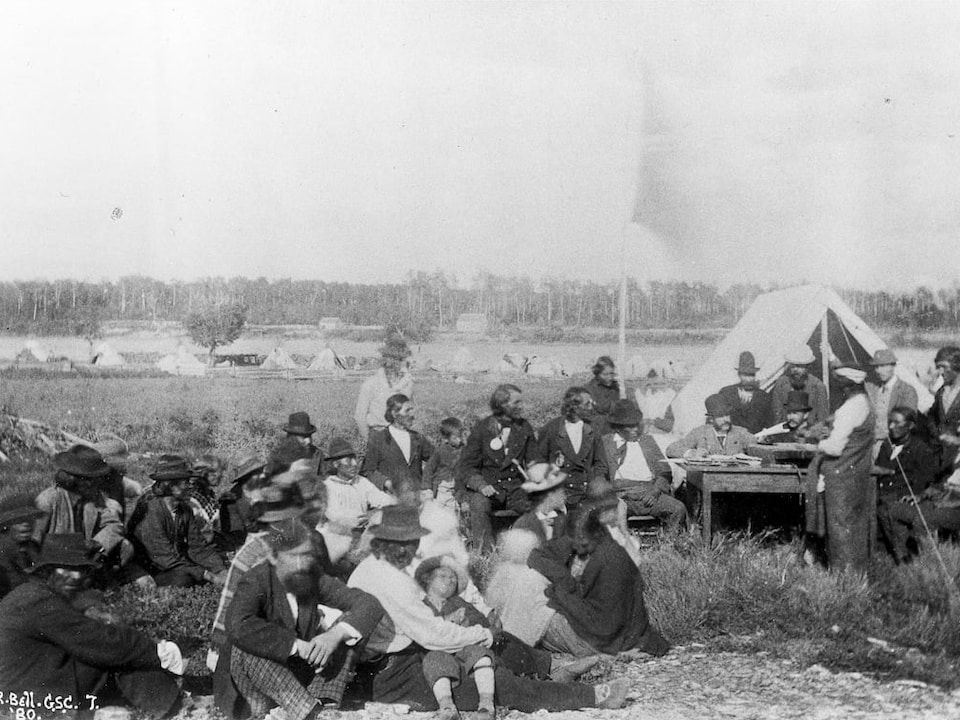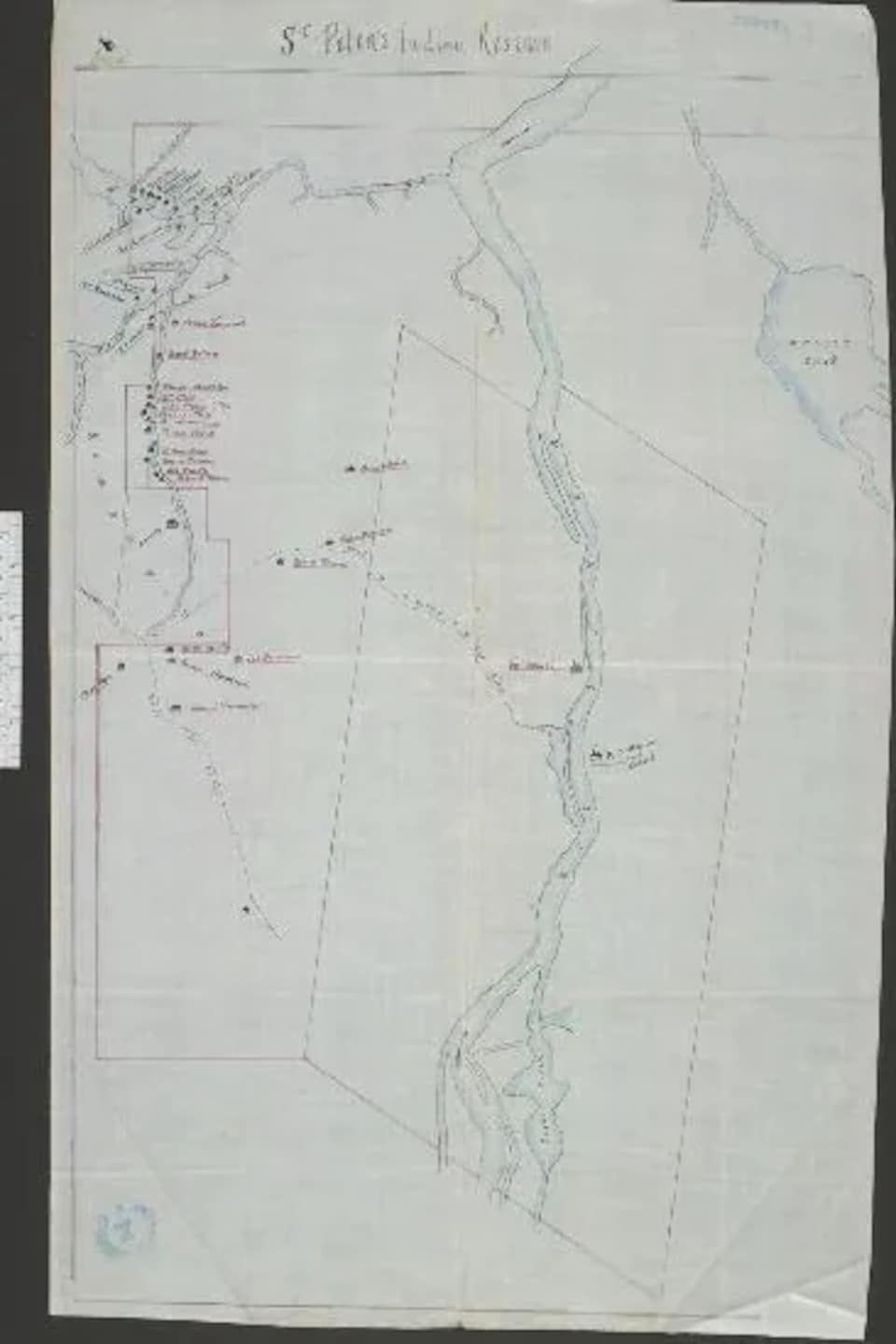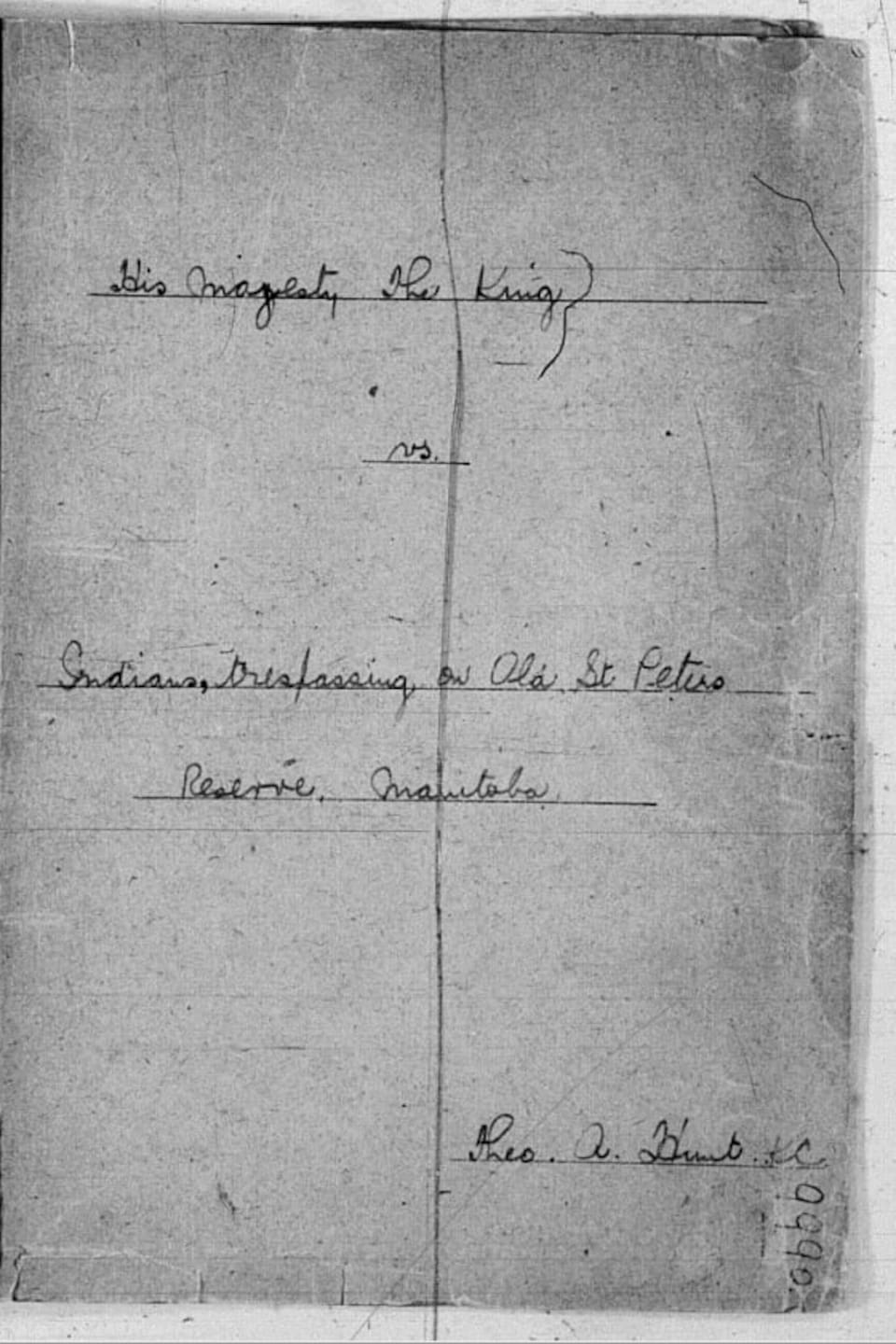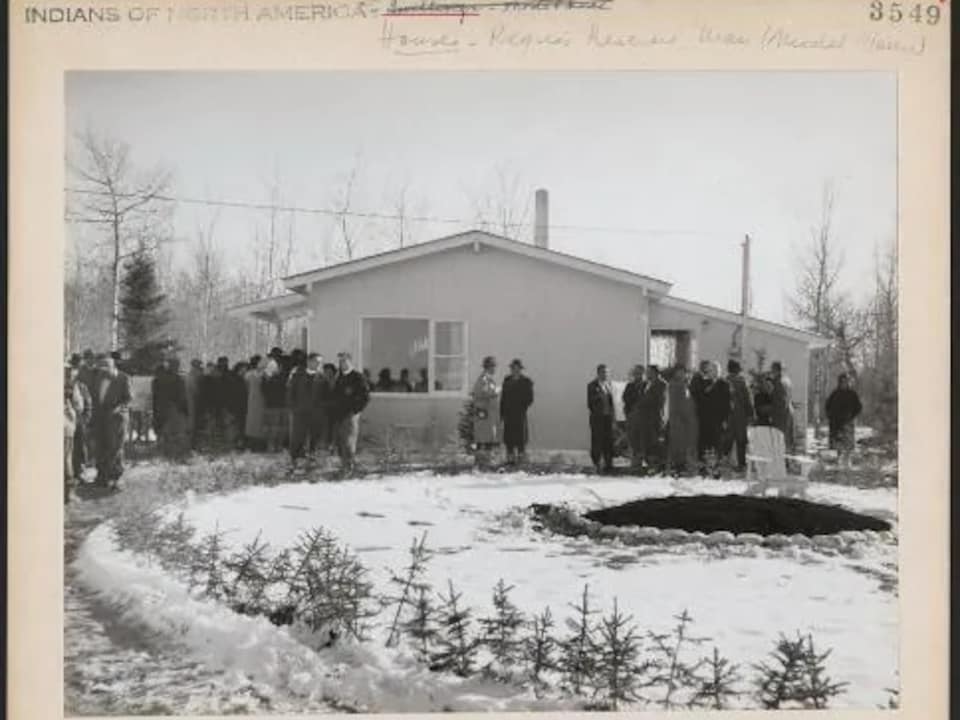A few generations ago, the community lived on prime farmland just outside of Winnipeg, where the town of Selkirk is today.
It was moved by the government in 1907 to the Interlake region, 160 km north of Winnipeg, in the delta of the River Fisher which is very prone to flooding.
Its sad story is common to that of many other First Nations in Manitoba, says University of Manitoba native studies professor Niigaan Sinclair.
Manitoba can be mapped according to the movements of Indigenous peoples. Peguis’ story is unfortunately not abnormal
argues the professor, who is also a member of the Peguis First Nation.
The latter is the largest in Manitoba, with 3,521 members living in the community and 6,504 living outside.
Mr. Sinclair finds it difficult to witness the floods experienced by his loved ones in the community every year.
They are under constant stress and many of their possessions are damaged. It’s just impossible to live normally… And all this, in a place where we were forced to live
he laments.
It’s racism, pure and simple.
At 20and century, the Peguis First Nation was located on the former Reserve of St. Peter’s and it was made up of successful farmers,” says University of Winnipeg assistant professor of Aboriginal history Karen Froman.
However, the settlers had the idea that the First Nations were unable to cultivate the land properly.
” Settlers lobbied for Indigenous peoples to be removed from the most productive and valuable agricultural lands. »
When the community experienced an economic boom, the government began to view the First Nation as a loss to the prosperity of the district
. In 1907, he therefore devised a plan to force the people to St. Peter’s to give up his land, something to which he was strongly opposed
according to the assistant professor of history.
For Ms. Froman, it is simply the result of racism.
The result of a false vote
Members of the Peguis First Nation reportedly vote
to hand over their land to the government.
A vote was held in September, after short notice, when several community members were away hunting, fishing and trapping. It took place in a small school where many residents were unable to enter to vote, due to lack of space.
The vote took place in confusion, explains Ms. Froman. At one point, an official reportedly told residents to choose a side based on whether or not they wanted to get $90, rather than explaining that the vote was about giving up their land.
The result was close: 107 in favor and 98 against. The government decided it had won, saying it got the majority of votes, when there was no record to determine who voted, the historian says.
” The lands have been stolen, period. »
The community was then moved to land chosen by the government, which is where it is now.
It was poor land, a kind of swamp with no real big trees.
says Bill Shead, whose great-grandfather was the chef of St. Peter’swhen the vote was held.
There were no houses, schools, churches or roads.
Many stayed
Some members refused to leave St. Peter’s and had to give up their First Nations status. Métis people have also applied for government certificates in recognition of their land rights, but many still lose their land.
Others simply refuse to leave and face legal consequences.
This is what happened to the family of Trevor Greyeyes, formerly members of the First Nation of Netley Creek.
At the time, this First Nation was twinned with Peguis by the government to save money when Treaty 1 was signed. So they were also forced to make a choice: move to the new community of Peguis First Nation or go to jail.
Although the surrender of their lands was declared invalid in 1911, the government ignored the decision and forced the relocation of this First Nation, according to Ms. Froman. There was this fiction that the people of St. Peter’s agreed to sell and give up their land.
But, this is false, according to the historian. The people bowed their heads and obeyed, going quietly into the bush
she says.
To look forward
According to Mr. Shead, the great-grandson of the former leader of St. Peter’shis people are not resentful.
They went on with their lives, rebuilt a community under very difficult conditions and prospered.
In 2009, they reached a deal worth $126 million with the government in compensation for lands stolen a century earlier.
Current Peguis First Nation Chief Glenn Hudson, however, believes this story deserves to be told, especially as the community has endured extensive flooding since their relocation.
People need to understand and know the history of the theft of our lands.
Reference-ici.radio-canada.ca
